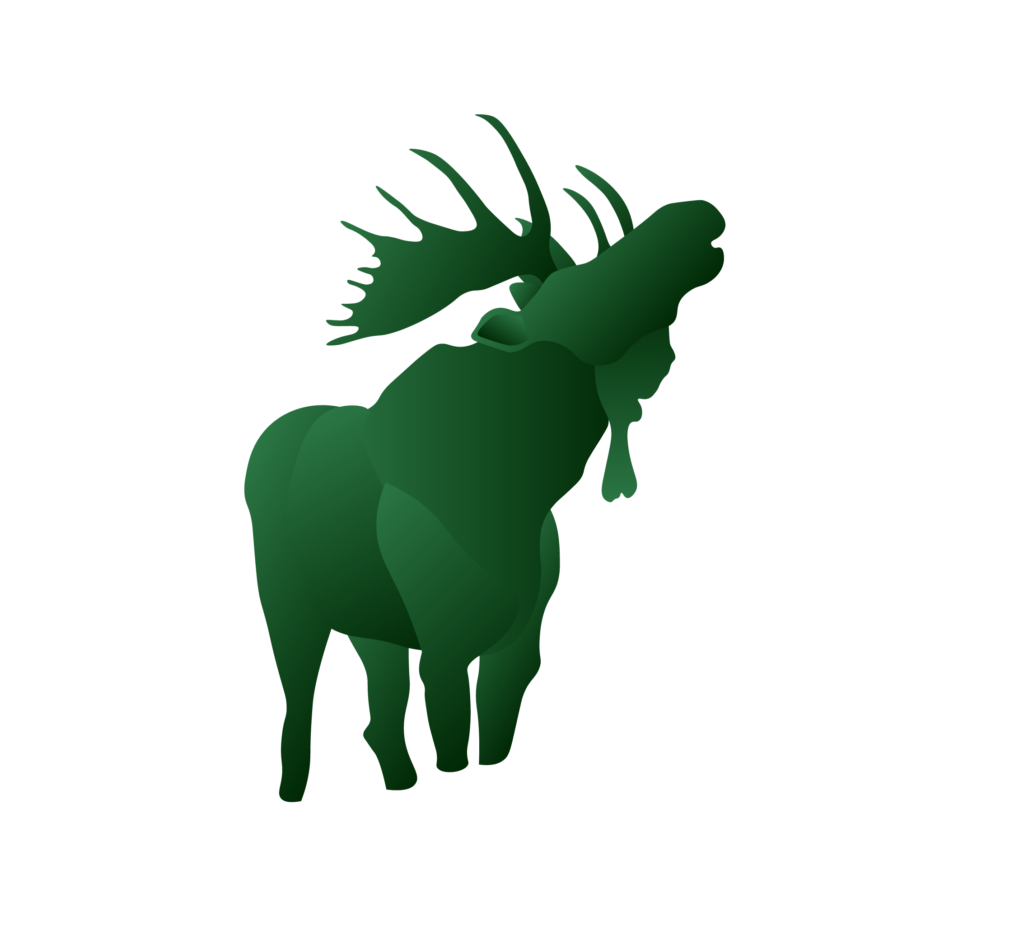Documentaries and docu-series have popped up on online streaming sites in numbers recently. From “Amanda Knox”, a full-length documentary unpacking a wrongful conviction case abroad, to “Wild Wild Country”, a six-episode series profiling the creation, journey and downfall of a religious cult originating in India, there are now so many topics for viewers to explore.
Documentaries allow us viewers to escape our own daily life and be transported into the life of people in these extreme and sometimes unimaginable situations. Their experiences play out on the screen right before our eyes. But where is the line between entertainment and reality?
The intimacy and connections that are created with these characters often times make us viewers either fall in love them and root for their success or grow to hate them and root for their demise. The guiding narration and storytelling lead us to a version of the truth by creating relatable and lovable or idiotic and disgraceful characters. Speaking from my experience, we are so quick to believe the things that we see on the screen.
Is it because as consumers of media and art, we love a good story? Or is it because the narrators stated their credentials and research methods, leading us to believe there is no room for nuances within a story? I can think of a few reasons why I am drawn to these on-screen storytelling techniques, but it is important to remember that there are always two sides to a story. Often times, within this genre, one of those sides gets left out.
The 2016 docu-series “Making a Murderer”, a series profiling a murder investigation, has had millions of viewers. This “true-crime” style subgenre has increased in popularity significantly after content like the “Serial” podcast was released and aims to create a “perfect murder story.” According to Kathryn Schulz’s 2016 article in The New Yorker, almost all viewers finished the last episode of “Making a Murderer” thinking, “Oh my God, these two guys are innocent” with both Steven Avery and Brendan Dassey’s convictions.
Throughout the episodes, we sympathize with the two men. They come across as very misunderstood and disregarded characters who aren’t given any control, as the investigators and justice system are portrayed as the criminals. Schulz also points out that the episodes lead viewers to disregard the fact that jurors do not deliberate a murder case for days and days on end without any controversial evidence.
The case gained a lot of attention after the first season. Then, the second season released in October 2018, which brought in a high-profile lawyer who specializes in wrongful convictions, but there were still no resolutions and the two men remain imprisoned. The credits named a substantial list of individuals who declined to be involved in the documentary.
Netflix released “Fyre” on Jan. 18, which is a full-length documentary that unpacked the disastrous 2017 Fyre Festival in the Bahamas, then completely unannounced, Hulu dropped “Fyre Fraud” just days prior to Netflix’s scheduled release. The Fyre Festival was promoted as a very high-end and prestigious music festival with beautiful models and beautiful beaches, but in reality, it was a field of emergency tents and no musical performers showed. Attendees paid thousands of dollars to attend the hoax event.
Both documentaries cover the same event but aired on competing streaming sites. Both documentaries covered the same event and highlighted the same wrong-doings of the festival producers, but they also both had their own ethical errors. Linda Holmes’ Jan. 18 National Public Radio article discusses how both documentaries paid for interviews and in Netflix’s version producers spoke on camera. “Just know that—perhaps appropriately, given the subject matter—neither was made in the squeaky-clean manner we all might wish for,” Holmes wrote.
So, that being said, it is important to remember that there are always two sides to the story. Documentaries are designed to entertain, and sometimes they will leave things out, add things in or sneak around a code of ethics to do so.

























